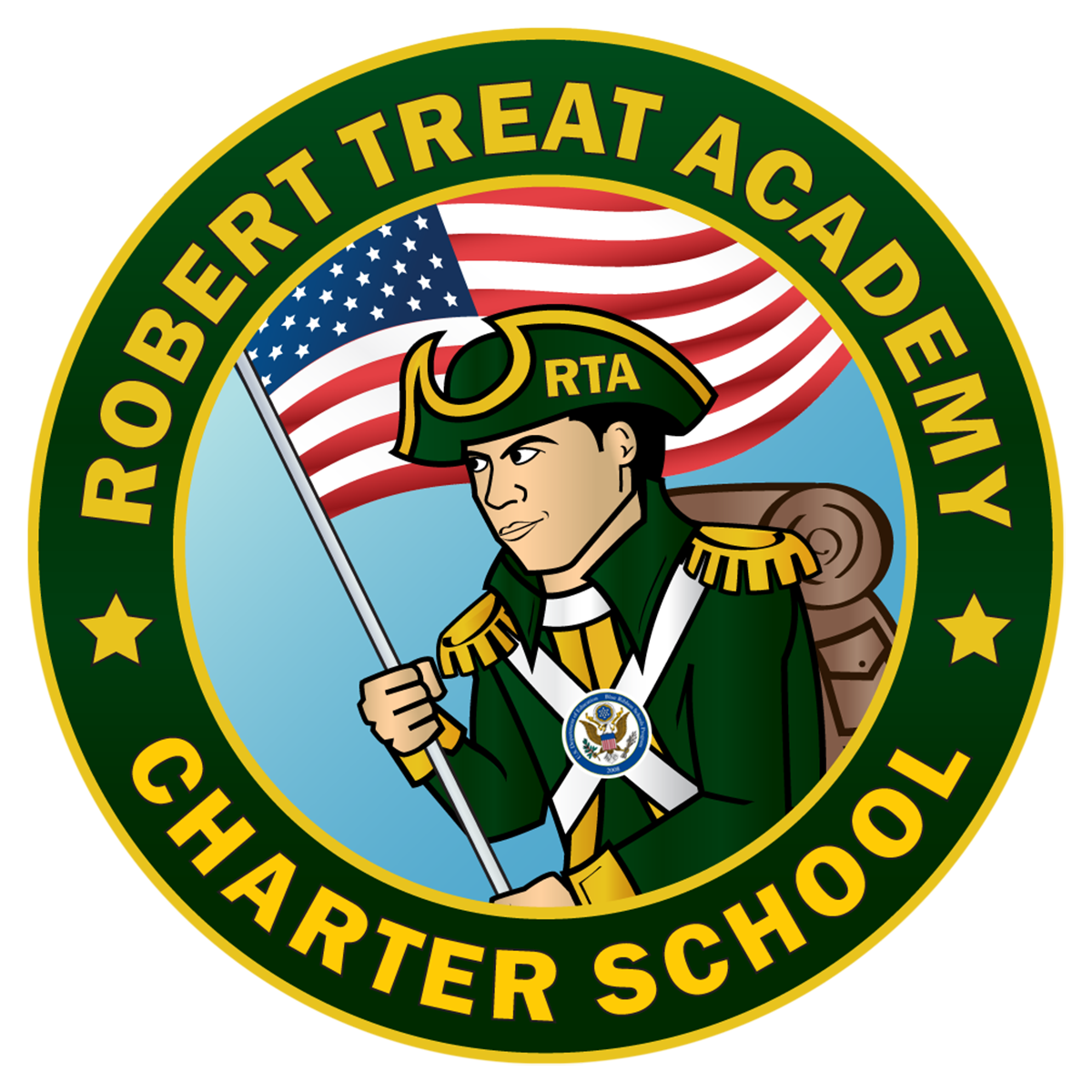Earthquake / Fire
Robert Treat Academy Charter School Emergency Procedures
Be Prepared for Natural Disasters
No one can ever be totally prepared for a natural disaster, but knowing what to do before, during and after can make a crucial difference. Critical steps to take include creating an emergency plan for your family, conducting emergency drills, being aware of the location of emergency exits and fire extinguishers in your home, and maintaining an emergency preparedness kit to sustain your family for up to a week.
Two of the most common natural disasters are earthquakes and fires. Below are some tips to help your family prepare a disaster plan, so that you can be as prepared as possible for these events if they happen.
Here are some steps you should take when creating your family’s disaster plan.
First, meet with your family to discuss what you need to prepare for earthquakes and fires; explain the dangers of earthquakes and fires to your children, and plan to share responsibilities and work together as a team.
Locate two “safe spots” inside each room per type of disaster
Pick two places to meet. One should be outside of your home in case of fire; the other should be outside of your neighborhood, in case you can’t return home. Every family member should know the address and phone numbers of your meeting places.
Designate an out-of-state friend to be a “family contact”. After a disaster, long distance phone service is usually restored before local service, so family members should call the “family contact” to check in with their location.
Talk with your family about what to do in an evacuation. Locate two exit routes out of each room; practice evacuating, and plan on how to take care of your pets.
Show each family member how to shut off the gas, water, and electrical valves in your house—keep tools near the gas and water shutoff valves. Remember: only turn your utilities off if you suspect lines have been damaged or you have been instructed to by your utility company.
Install fire extinguishers (approved for use in both regular and electrical fires) in your home and teach every family member how to use them.
Inspect your home for potential hazards; secure items that may break, fall, or obstruct an exit during an emergency.
Print and fill out an emergency plan and have everyone in the family read and understand it.
